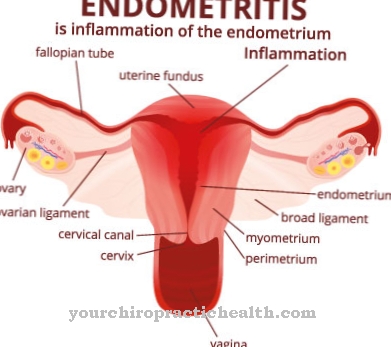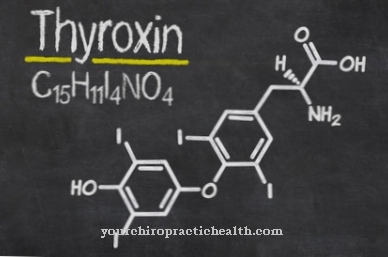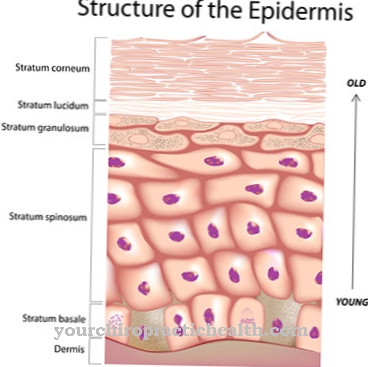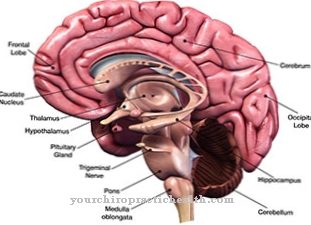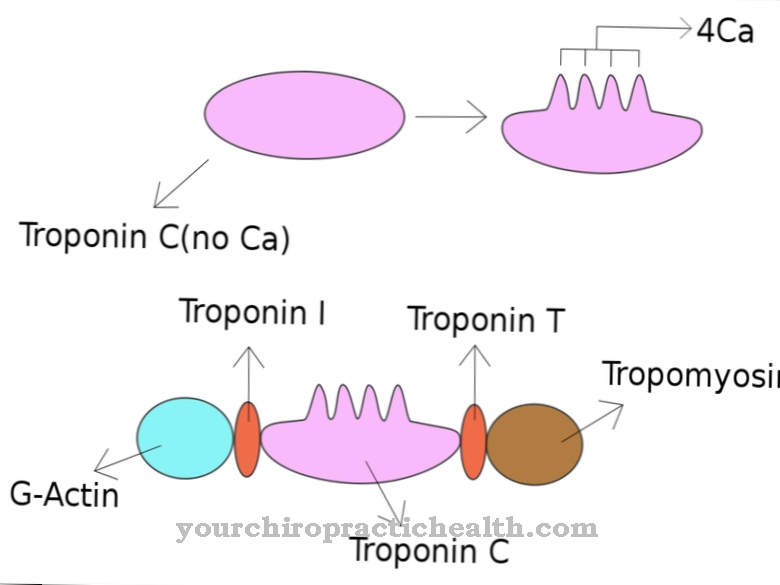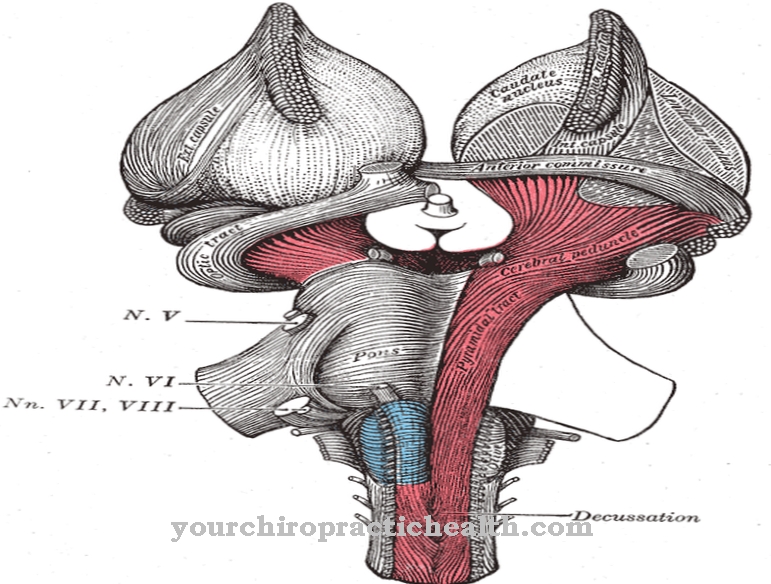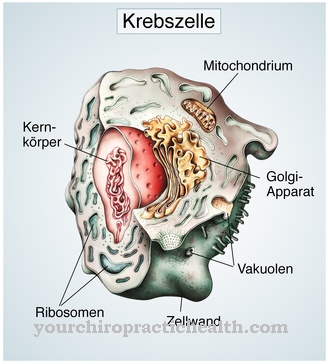The Trauma surgery is a specialty of surgery and deals with the surgical treatment and restoration of traumatically damaged body structures and organs. Another branch is orthopedics.
What is trauma surgery?

Trauma surgery is an important area of acute and emergency care. A trauma surgeon treats injuries to the musculoskeletal system. These include soft tissue injuries to the tendons and muscles, and bone fractures. The transition to the specialist field of orthopedics is fluid. For this reason, there is specialist training in Germany to become a specialist in orthopedics and trauma surgery.
In addition to surgical treatment, this branch of surgery also deals with non-surgical treatment options as well as aftercare and rehabilitation of injuries, as well as their secondary diseases and conditions. The term trauma surgery is also under the synonym Reconstructive surgery known.
Treatments & therapies
Accident patients are referred to the accident departments of the responsible hospitals. The spectrum of treatment ranges from small cuts to life-threatening, severe multiple injuries, multiple trauma. This is where spinal, pelvic, and neurosurgery come into play. In addition to emergency doctors and trauma surgeons, doctors from other specialties are also available to care for seriously injured patients.
The treatment of slightly injured accident victims takes place in the outpatient department. The doctors seemed to have slightly displaced and undisplaced fractures, disinfecting, treating and sewing wounds. They examine the surrounding nerve, vascular and tendon structures to determine to what extent they are affected by the accident injury. These outpatient interventions are carried out under central anesthesia or local anesthesia. Sports injuries that are treated with minimally invasive arthroscopic techniques also belong in this area. One specialty is hand and foot surgery, as these parts of the body are most frequently affected by sports accidents.
This includes reconstructive joint surgery using minimally invasive surgical procedures, as well as arthroscopically supported ligament and fracture treatment. The trauma surgeons are also responsible for corrective and reconstructive measures in the event of misalignments, healing disorders and defective musculoskeletal systems. A professional care team is there to support you. This ensures that each patient receives individual care according to their age and injuries. Children are cared for first, while elderly patients who require multiple examinations to reach a final diagnosis are cared for by the nursing staff.
Trauma surgery also includes further outpatient treatment for patients who have suffered an occupational accident. Those with private health insurance have the option of contacting a hospital trauma surgery immediately, while those with statutory health insurance need a referral from an orthopedic surgeon or resident surgeon if there is no emergency. Frequently, accident patients are admitted with a multiple trauma. These are simultaneous injuries to different parts of the body that are life-threatening if they are not treated in time.
The treatment of these patients takes place in specialist clinics, which guarantee a complete interdisciplinary treatment of all injuries in cooperation with the various surgical specialties. The immediate referral of the accident victim to the right specialist clinic is an indispensable prerequisite for making optimal use of the short time window that is available for a promising treatment. Patients with multiple trauma can have injuries to the spine, pelvic fractures, traumatic brain injury, and rib fractures including hemothorax (accumulation of blood in the thorax). Another major shock symptom is hypovolemia (reduced amount of blood in the circulation), which is treated with infusions or full electrolyte solutions.
These shock symptoms can lead to capillary leak syndrome, which initially results in reversible pulmonary edema. A thickened alveolar wall (lung wall) forms, resulting in an increased right-left shunt, which in turn leads to hypoxia (lack of oxygen) and hypercapnia (increased levels of carbon dioxide in the blood). The accident patient is regularly threatened with respiratory failure (respiratory failure). Other intensive care problems in the first few days after trauma surgery can include kidney failure and fat embolism.
So that emergency doctors and trauma surgeons can act in good time at the moment of the accident, the German Society for Trauma Surgery is striving to set up so-called trauma networks in order to optimize timely care for accident victims across the board. Some clinics are already part of a certified, regional trauma network.
Diagnosis & examination methods
The emergency doctor initiates the general emergency medical treatments at the scene of the accident and ensures the life-sustaining vital functions of the circulatory system and breathing. For some patients, however, help comes too late if they have severe traumatic brain injuries or a torn main artery. These injuries lead to death even at the scene of the accident. Patients who have survived the accident are referred to the next trauma surgery and are admitted to emergency room care during the acute phase.
All appropriate emergency interventions are carried out during the “golden hour of shock”. The priority is to diagnose and treat the polytraumatic injuries. The emergency doctors follow the elementary principle of “treat first what kills first”. In addition to ventilation and circulatory stabilization, the main focus is on stopping the bleeding that affects the circulation, stabilizing and relieving the brain in the event of swelling. The subsequent operation is supported by intensive medical treatments and imaging intervention. Imaging diagnosis begins immediately after the acute phase has ended and initiates the initial care phase.
After a quick and reliable diagnosis, life-saving therapeutic measures are carried out during this phase. The management in the emergency room follows a treatment plan structured according to phases and priorities, which records diagnosis, therapy and assessment (evaluation) of the accident patient. The concept of Advanced Trauma Life Support (ATLS®), which enables multi-slice spiral computed tomography (MSCT), is used in many clinics. Diagnostic imaging is becoming increasingly important. In addition to whole-body computed tomography, MRT (magnetic resonance tomography) is also available as a sectional image method.
Projection radiography determines osseous (affecting the bone) residual findings and the severity of the injuries. MRT and CT record the spinal and intracranial structures by means of cross-sectional images of various projections without overlapping. Magnetic resonance tomography enables trauma surgeons to make the displayed sensitive neuroanatomical assignments.

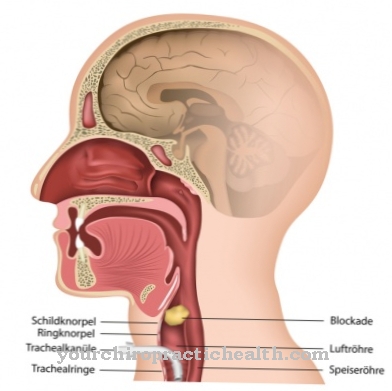




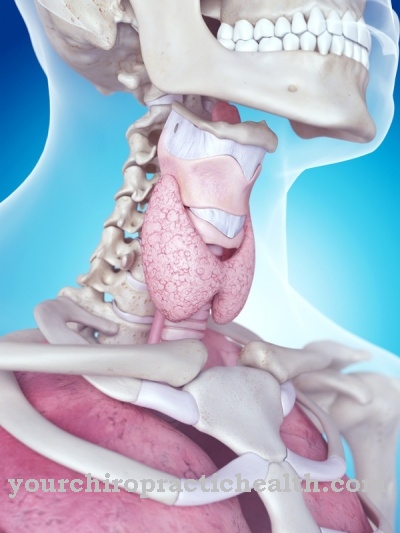


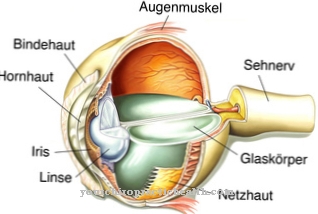

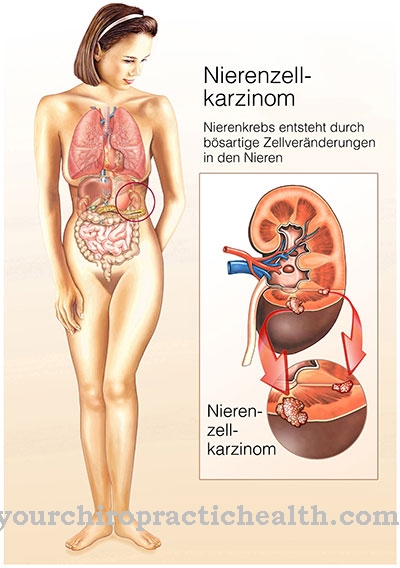
.jpg)

